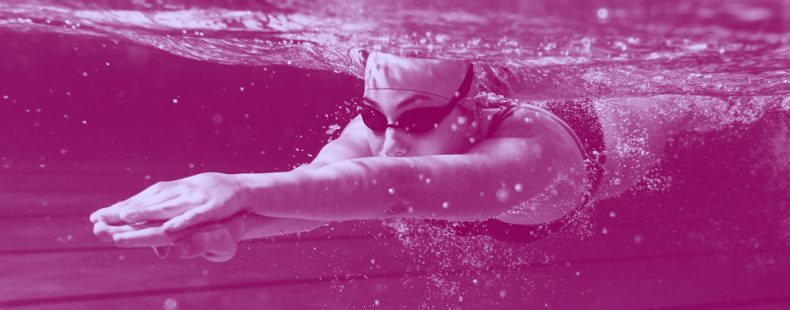Some people just like to do things their own way—in other words, they freestyle it.
The term freestyle makes many of us think of the Olympic swimming event, and indeed, some of the earliest records of the word, which dates back to at least the early 1900s, were used in reference to swimming. In the original freestyle swimming competitions, the expression referred to the fact that swimmers could use any style, or any swim stroke. Back in the day, many used a combination of the front crawl and backstroke known as the trudgen stroke.
Other early instances of freestyle sports included discus, wrestling, and even javelin. (The 1908 Olympics featured freestyle javelin throwing, where competitors, apparently, could hold the spears … however they liked? This event was not repeated. We can’t imagine why.)
Today, because most swimmers choose to use the front crawl during freestyle competitions, the term freestyle has also come to describe the front crawl swim stroke.
The front crawl or simply crawl is one of the four essential swim strokes. Altogether, they are:
- freestyle, or front crawl
- backstroke
- breaststroke
- butterfly
Other key moves that swimmers use are:
- dolphin kick
- tumble turn
- body roll
- bilateral breathing
In the 20th century, freestyle came to be used in music again, but in a new way. By 1983, freestyle was used to refer to improvisational raps that weren’t written down. (There is record of free style music in the late 1800s, though the term was specifically used in contrast to a strict style of musical composition.)
All this talk of improvisational music and … javelin throwing has us thinking about the many different ways we can talk about freestyle. There are a number of other terms that convey the same kind of spontaneity of freestyle. Read on for some creative options for mixing it up on the fly.





























